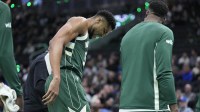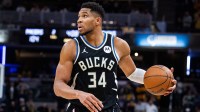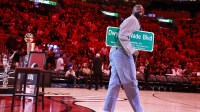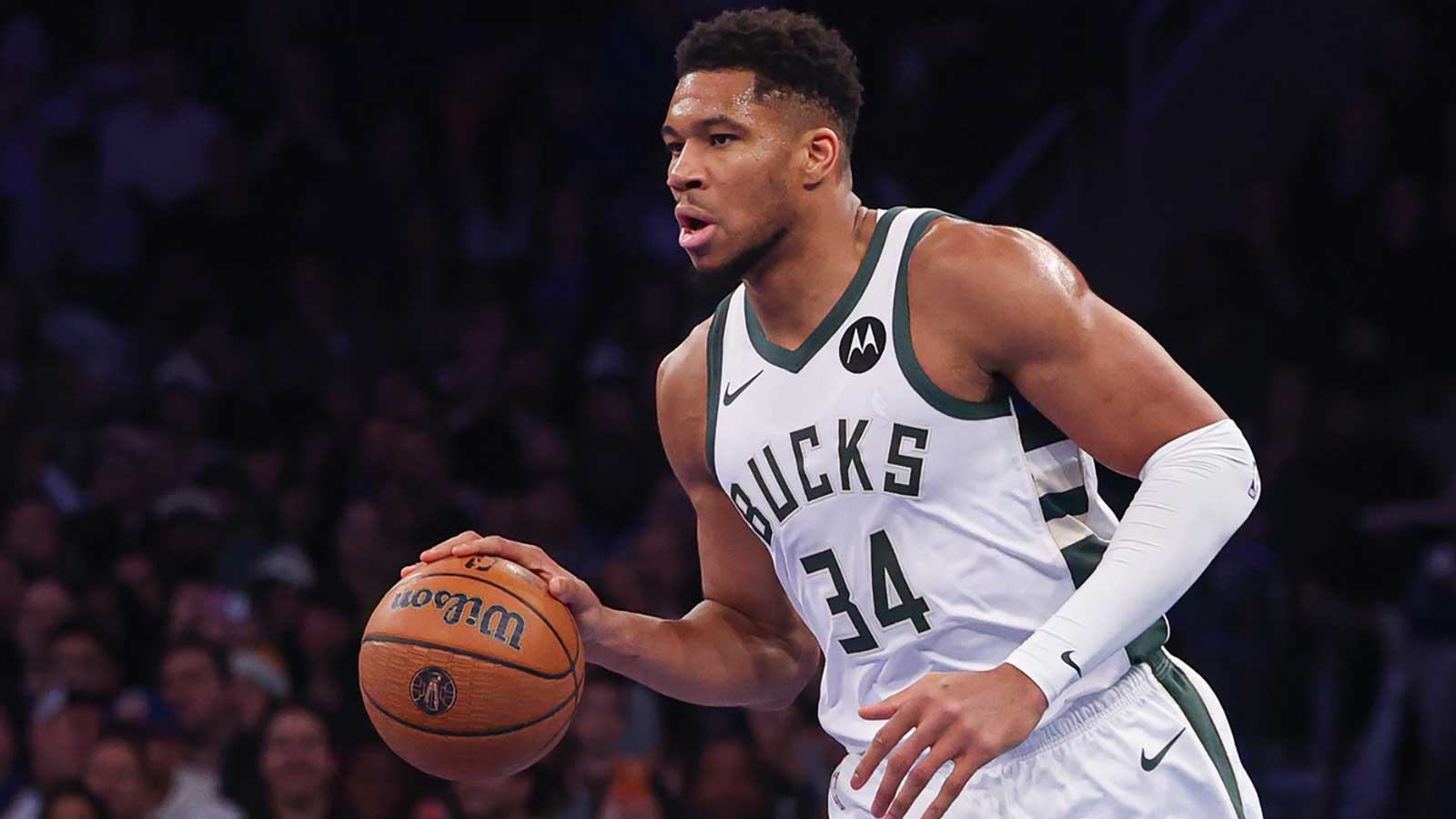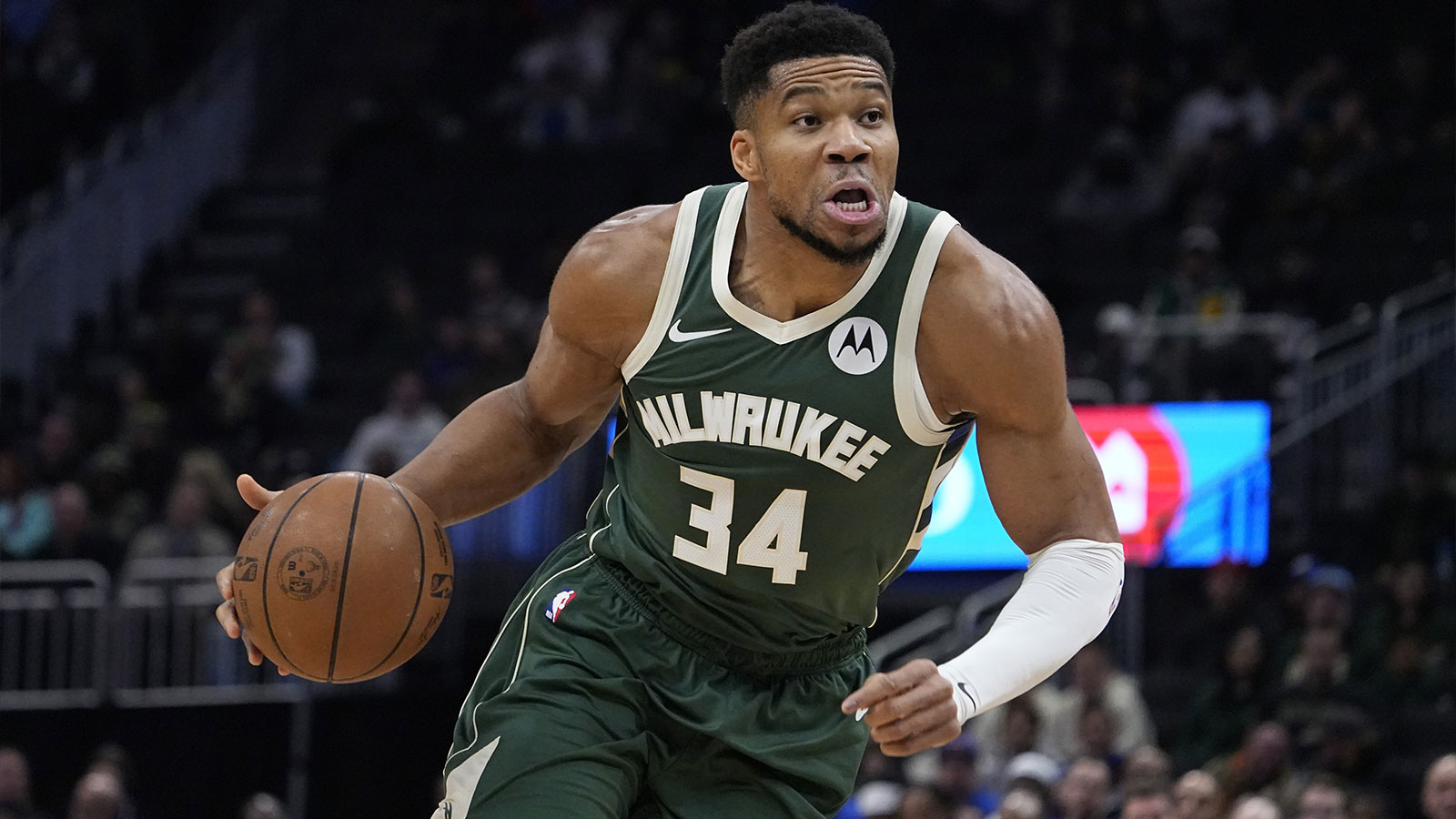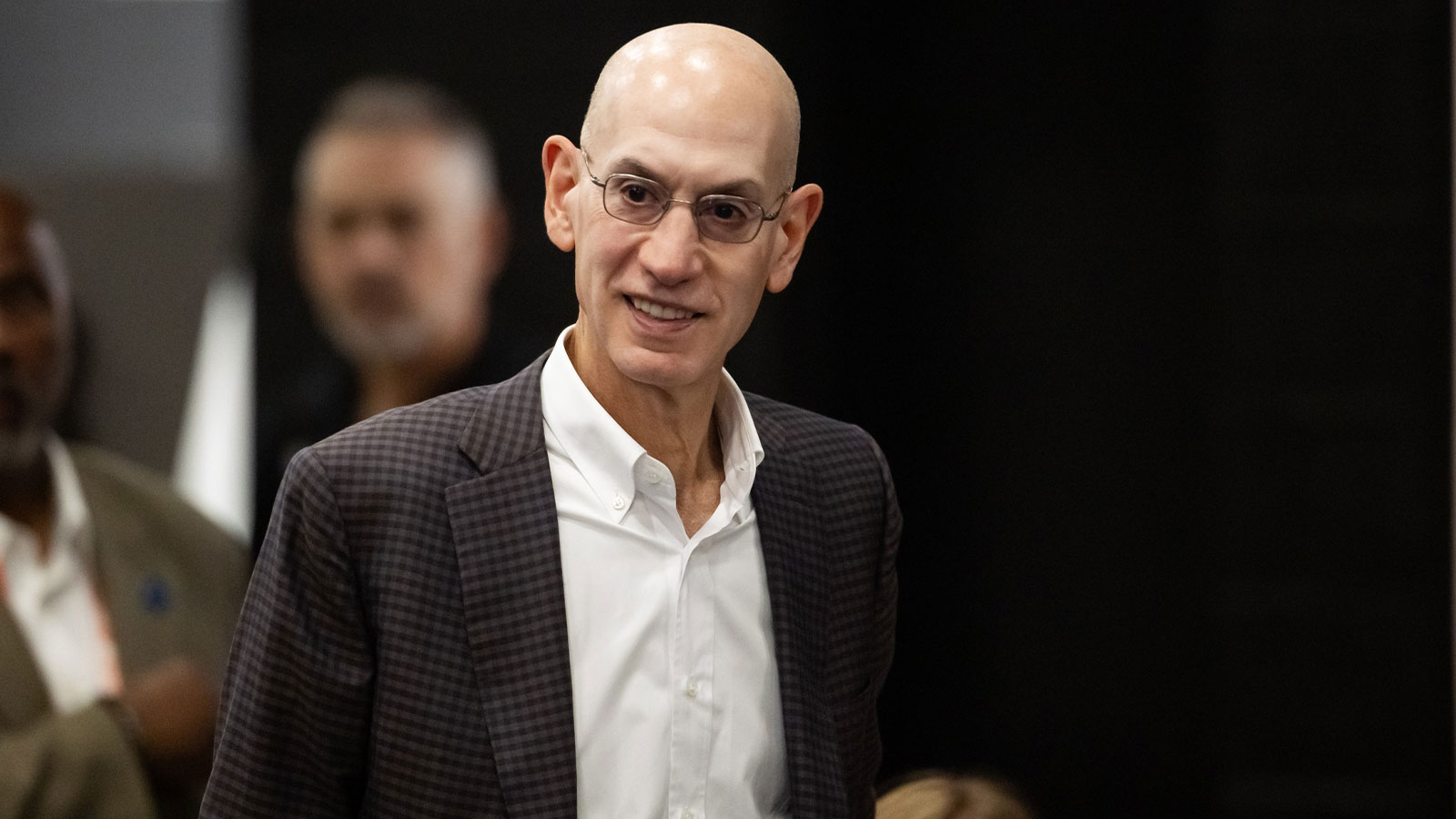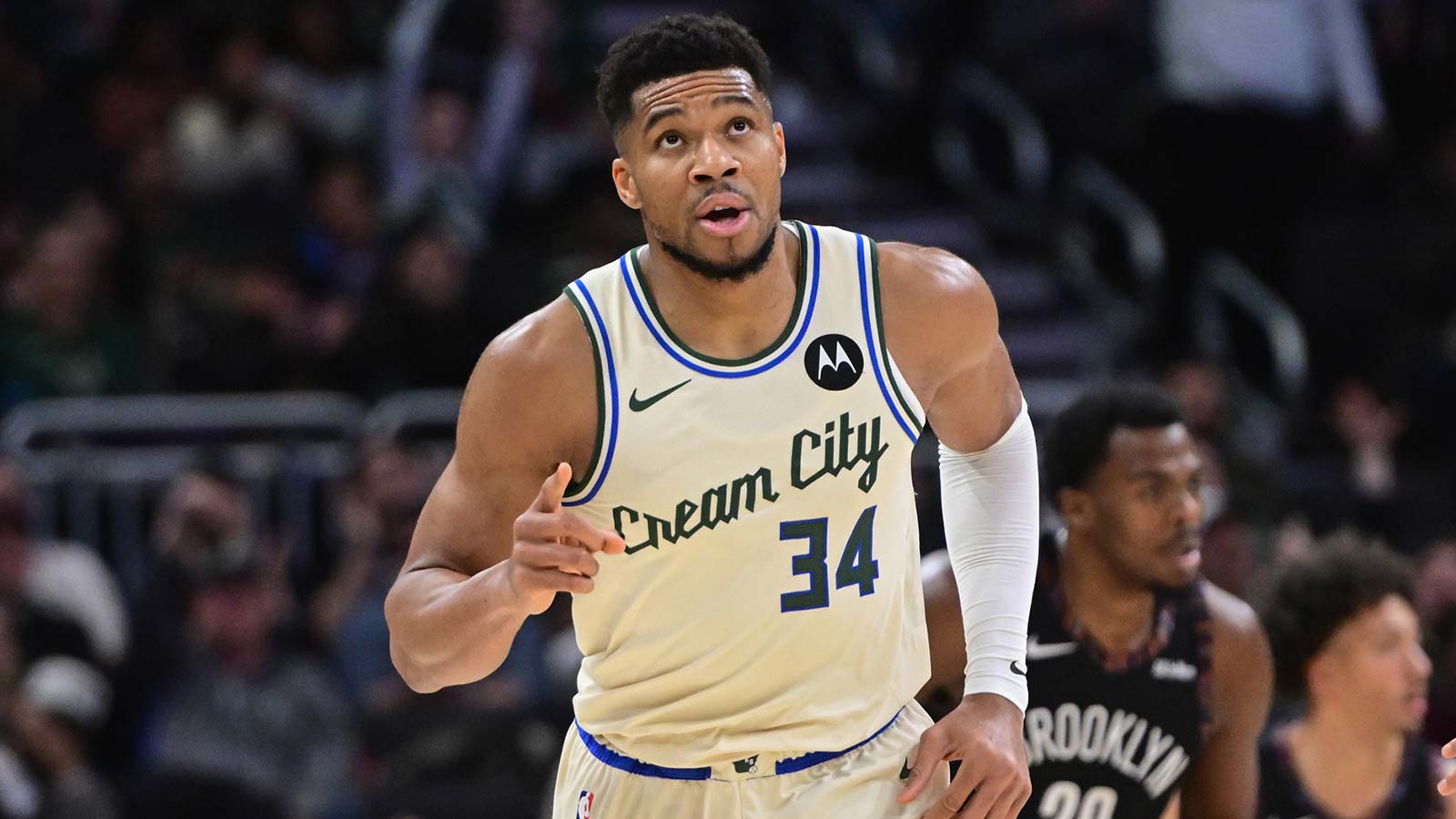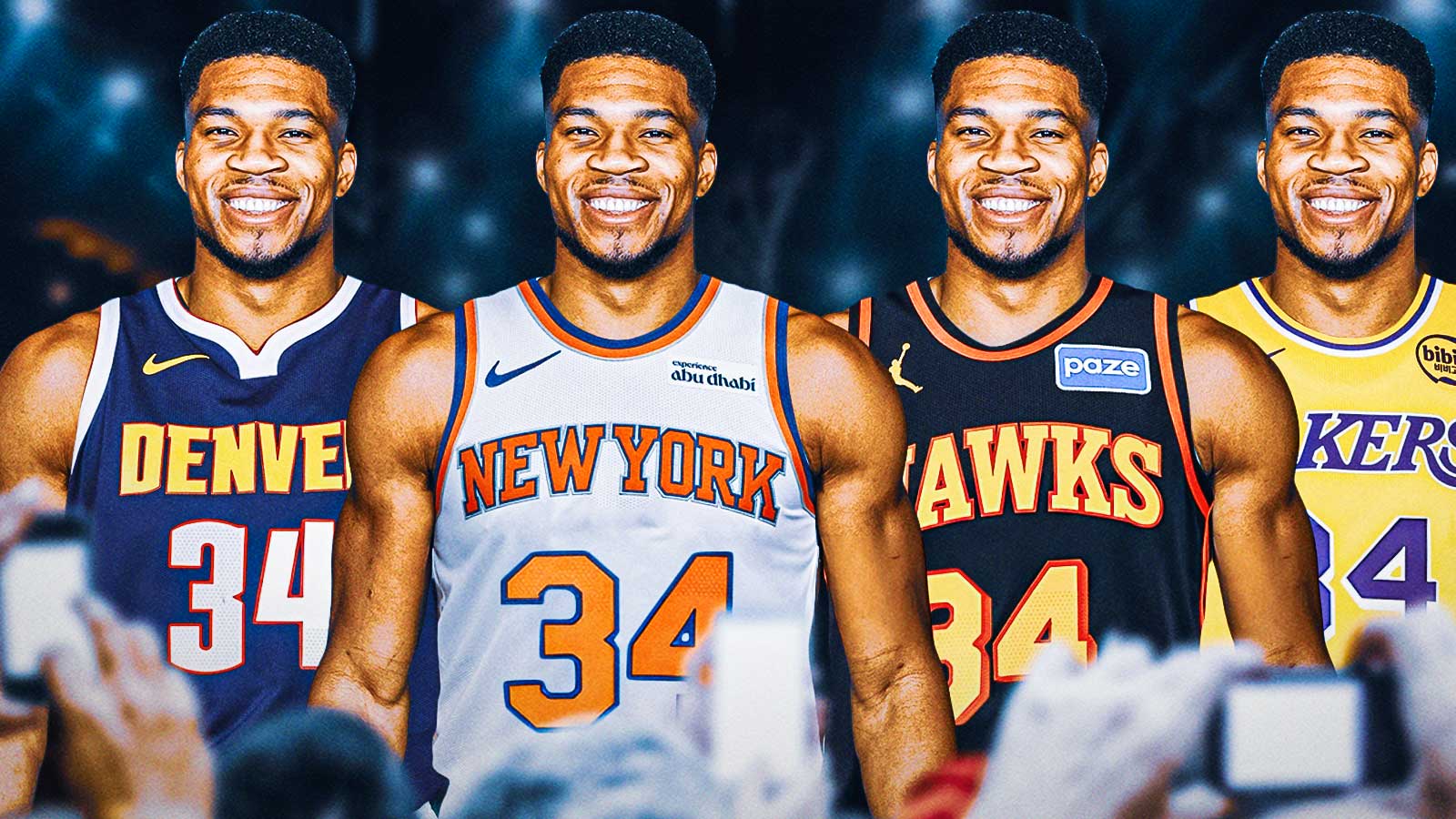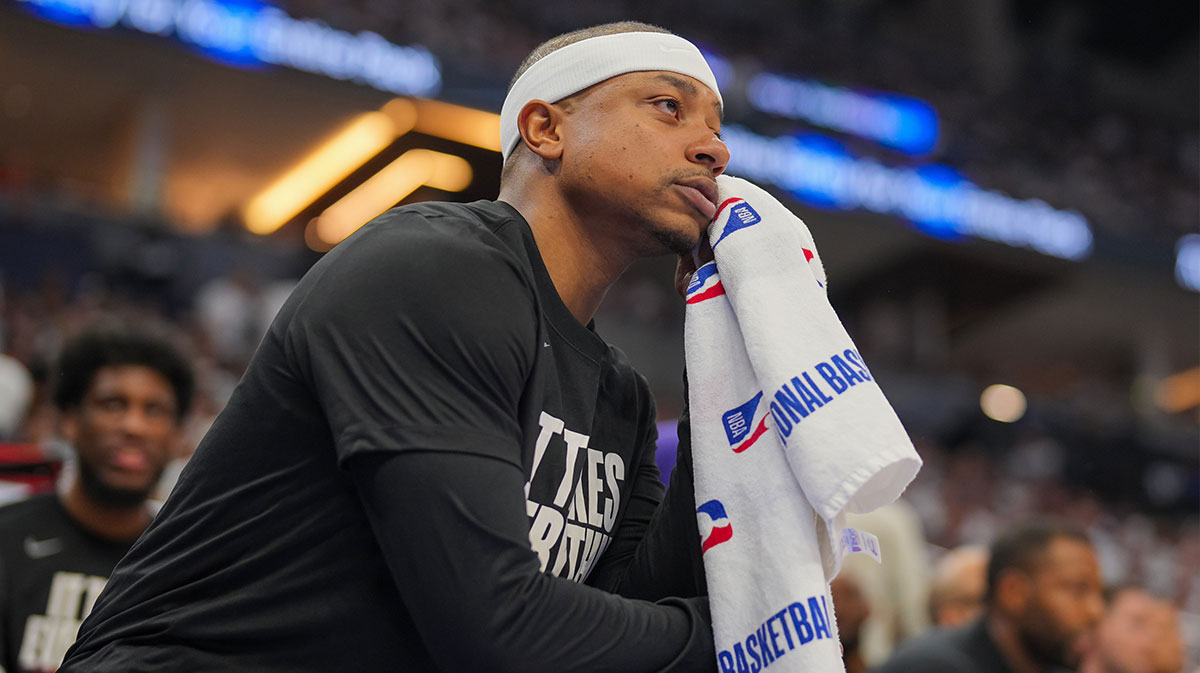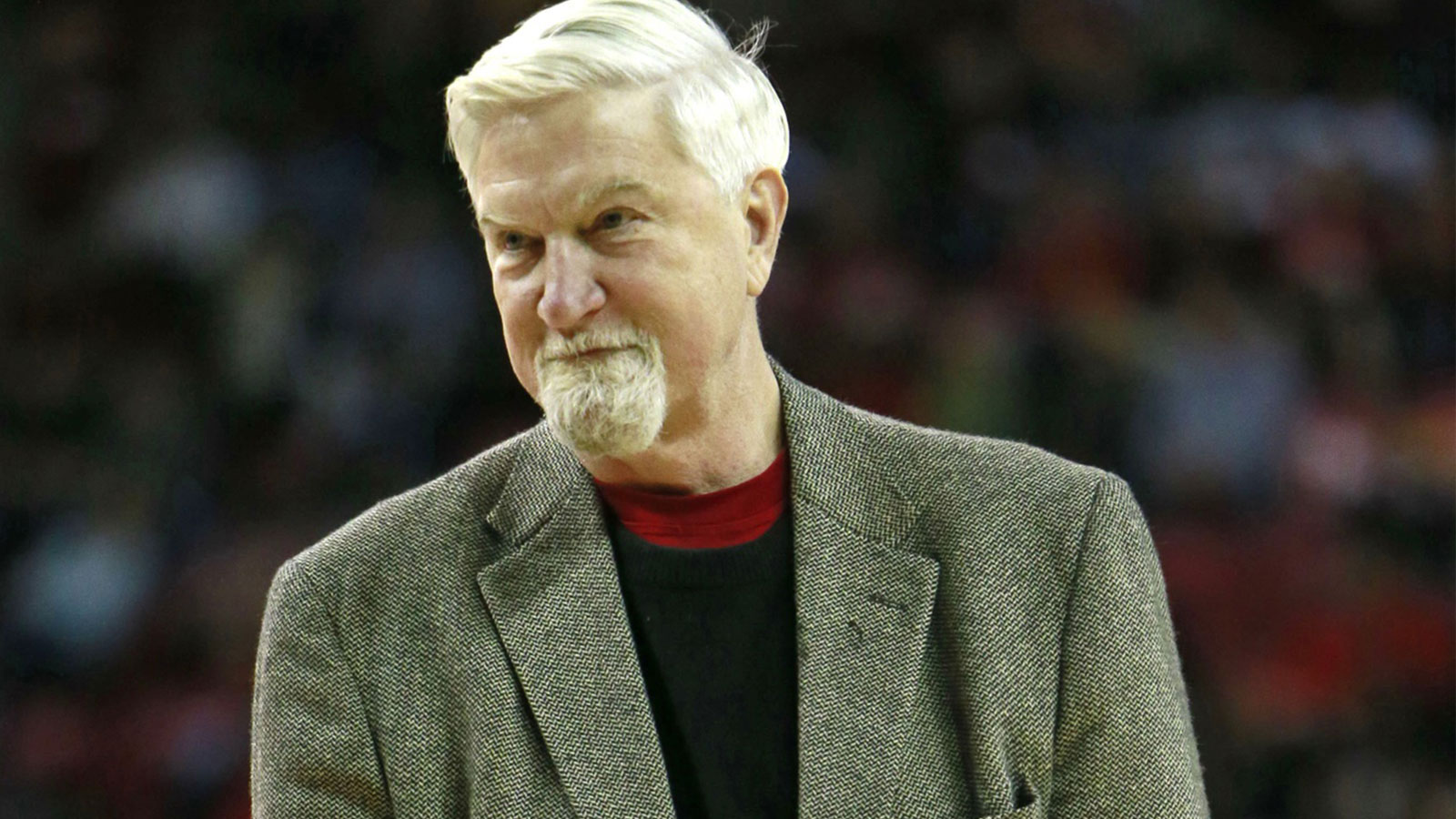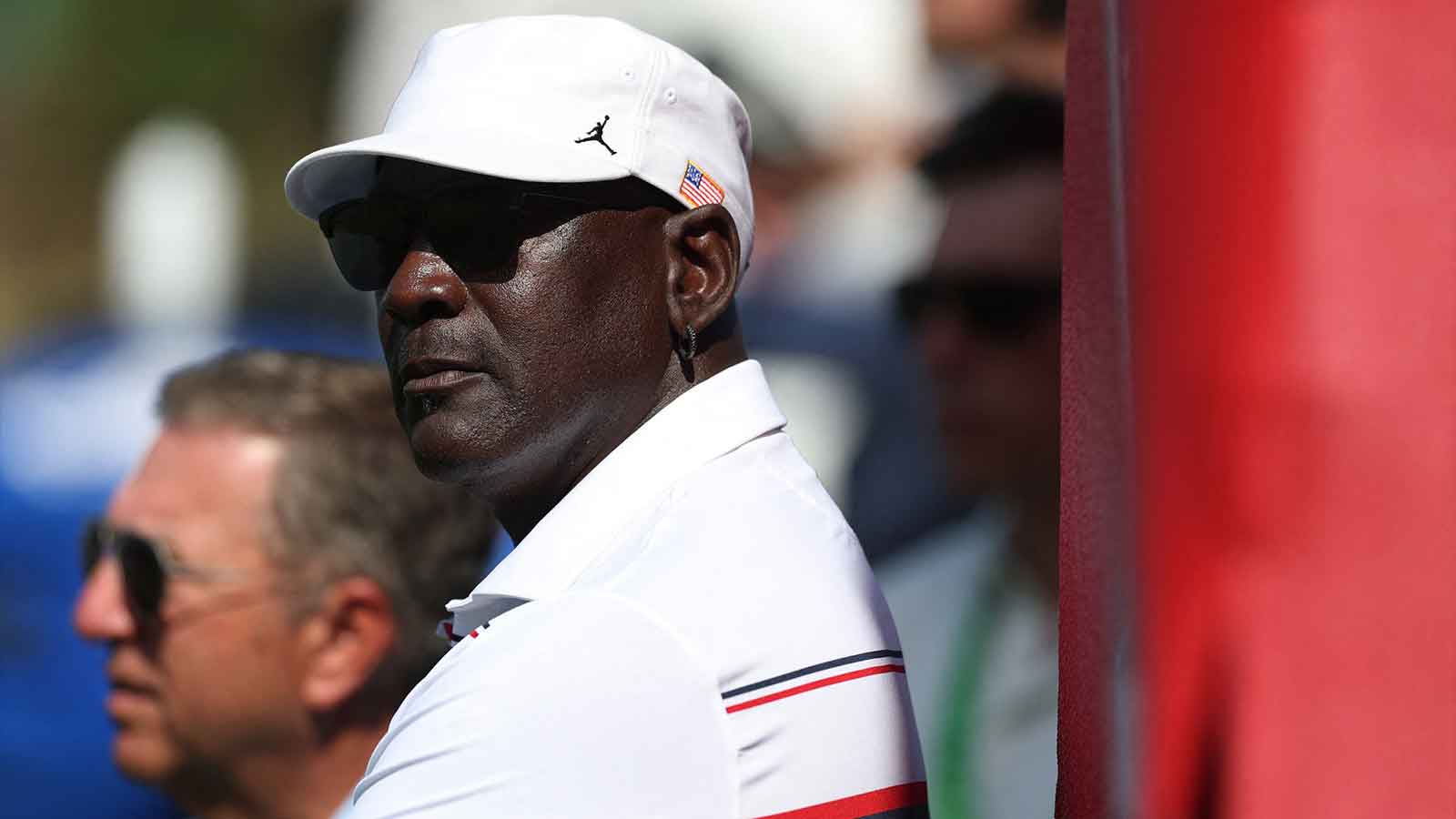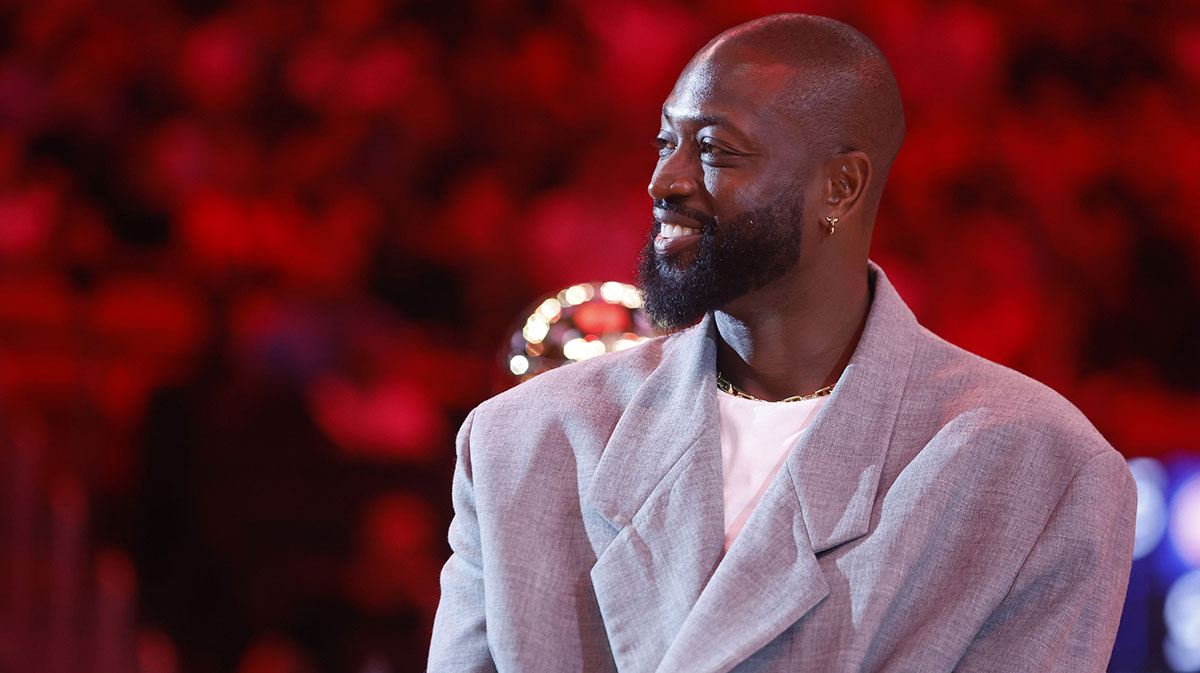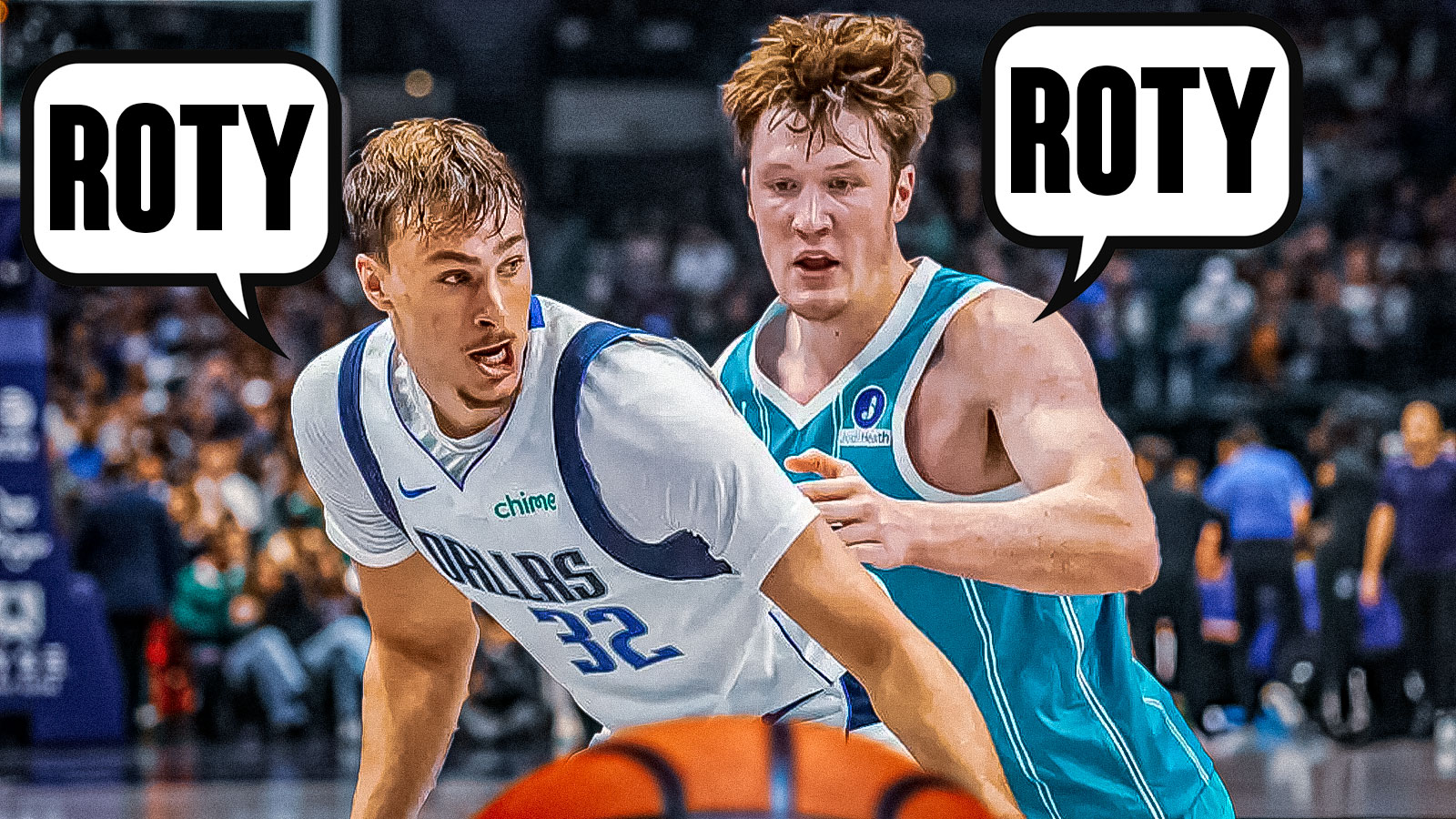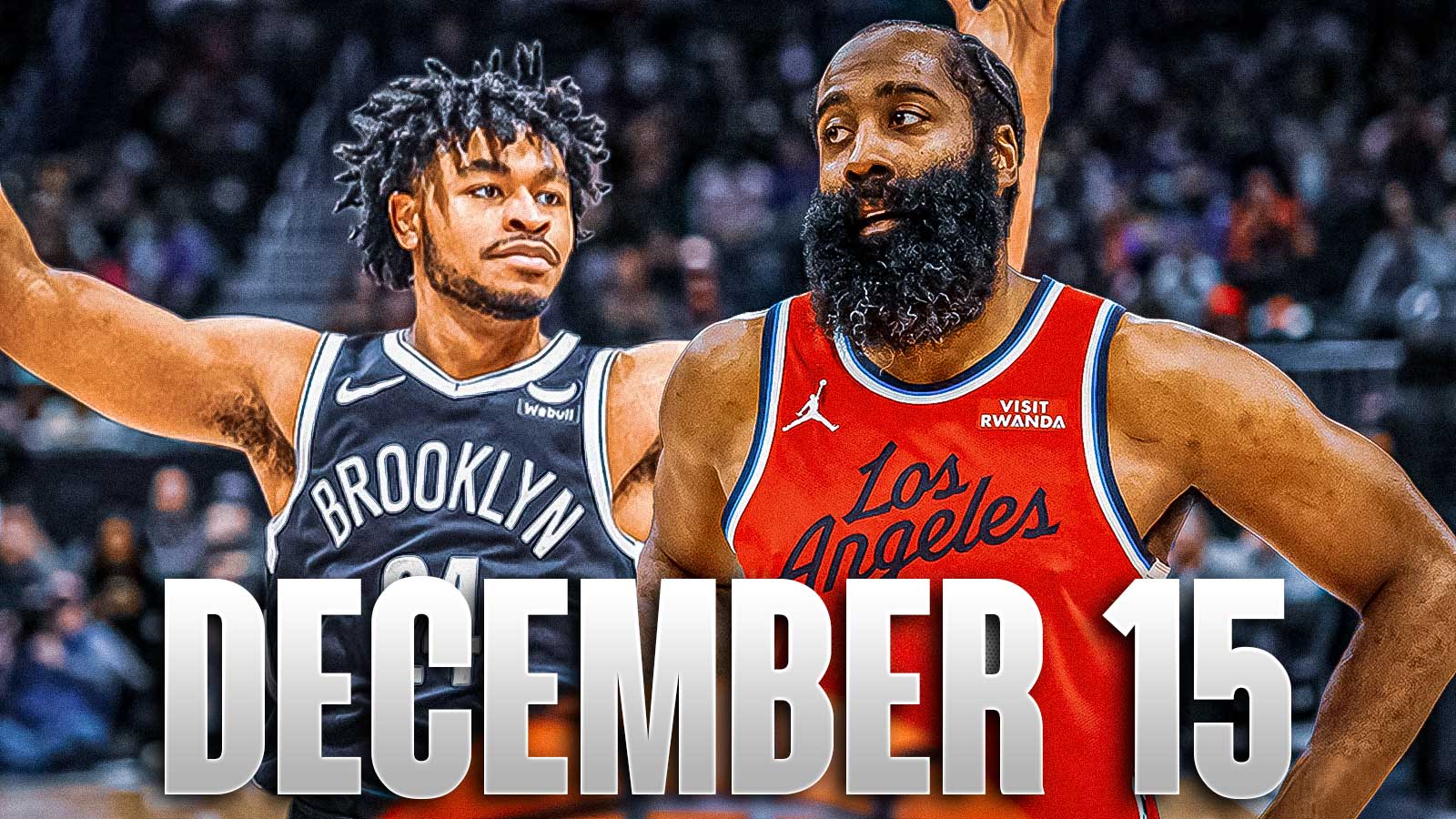The NBA has become a truly international league in recent years. 108 players from 38 different countries were on the NBA's opening days roster — nearly a quarter of the entire league.
Compare that to just 25 years ago when the league featured just 24 international players. It's obvious the NBA has expanded their horizons in recent years. How did we get from international players being a rarity to now enjoying the spectacular talents of players like Giannis Antetokounmpo and Luka Dončič?
Although international players have been in the NBA since Italian-born Canadian Henry Biasatti suited up for the Toronto Huskies in the NBA's (then called the BAA) in 1946, foreign players were few and far between during the first few decades.
Attitudes towards foreign players began to change in the 1980's. After emigrating from Nigeria to play college basketball at Houston, becoming an NCAA All-American and then becoming the first overall pick in the 1984 draft, the NBA had it's first international superstar on its hands with Hakeem Olajuwon.
Olajuwon would go on to become of the become one of the best big men in league history and would pave the way for future international centers such as Dikembe Mutombo and Joel Embiid.
Four years after Olajuwon was drafted, the Soviet Union flexed its muscles as an athletic superpower winning the gold medal in basketball during the 1988 Olympic games in South Korea.
The gold medal game between the Soviet Union and Yugoslavia featured players such as Toni Kukoč, Arvydas Sabonis, Dino Radja, Vlade Divac and Drazen Petrovic — all of whom went on to have successful careers at the NBA level.
With basketball exploding in popularity in foreign countries, as the league realized quality players can come from other countries and leagues other than the NCAA, the NBA entered a new era.
Players like Mutombo, Detlef Schrempf, Patrick Ewing, Rik Smitts, Sabonis and many others would go on to dominate the late 80s and 90s.
Those players paved the way for the next generation of international stars such as Tony Parker, Manu Ginobili, Yao Ming, Steve Nash and Dirk Nowitzki. NBA scouts began to break ground and search the entire globe in the hopes of finding the league's next international sensation.
In the early 2000's, teams like the San Antonio Spurs pioneered the international market; seeing a foreign-born player being drafted in the NBA was no longer a rarity.
Of course, when a player plays in a foreign-league as opposed to the NCAA, access for scouts is obviously hindered. As a result, there have been plenty of international players who couldn't translate their games to the NBA.
Players like Nikoloz Tskitishvili (fifth overall in 2002), DeSagana Diop (eighth overall in 2001) and the infamous Darko Milicic (second overall in 2003) are just a few examples of hyped up foreign prospects that fell well short of expectations in the NBA.
In the last decade alone, 37 foreign-born prospects have been selected as NBA lottery picks (picks 1-14), with the 2012 draft being the only one in the past decade that didn't have at least one international lottery pick. However, the year before, Enes Kanter, Tristian Thompson, Jonas Valančiūnas, Jan Vesely and Bismack Biyombo all went consecutively from picks three through eight.
Today, the NBA's focus on international talent is as big as ever. While American players are still the vast majority in the league, one look at the U.S. men's team seventh-place finish in the 2019 World Cup will tell you basketball is an increasingly global game.
America's neighbor to the north has 16 players in the league, Australia has nine, France has eight, Croatia has seven and Serbia has six. Ten different teams have at least five international players on their rosters and players like Doncic, Antetokounmpo and Pascal Siakam are some of the biggest talents in the league today.
The Spanish Liga ACB, a league that Dončič played in since he was 13 years old, is considered the second best basketball league in the world. In turn, through a variety of leagues and general international play on the rise, the U.S. team is no longer the only viable team in Olympic competition.
The NBA has come a long way since Biasatti in 1946. While there has almost always been foreign players in the NBA, it wasn't a common occurrence until relatively recently.
Today, the NBA is an incredibly global league. International prospects fly up NBA draft boards every year, foreign-born players are league-MVPs and it's a trend most expect to steadily increase in the future.



